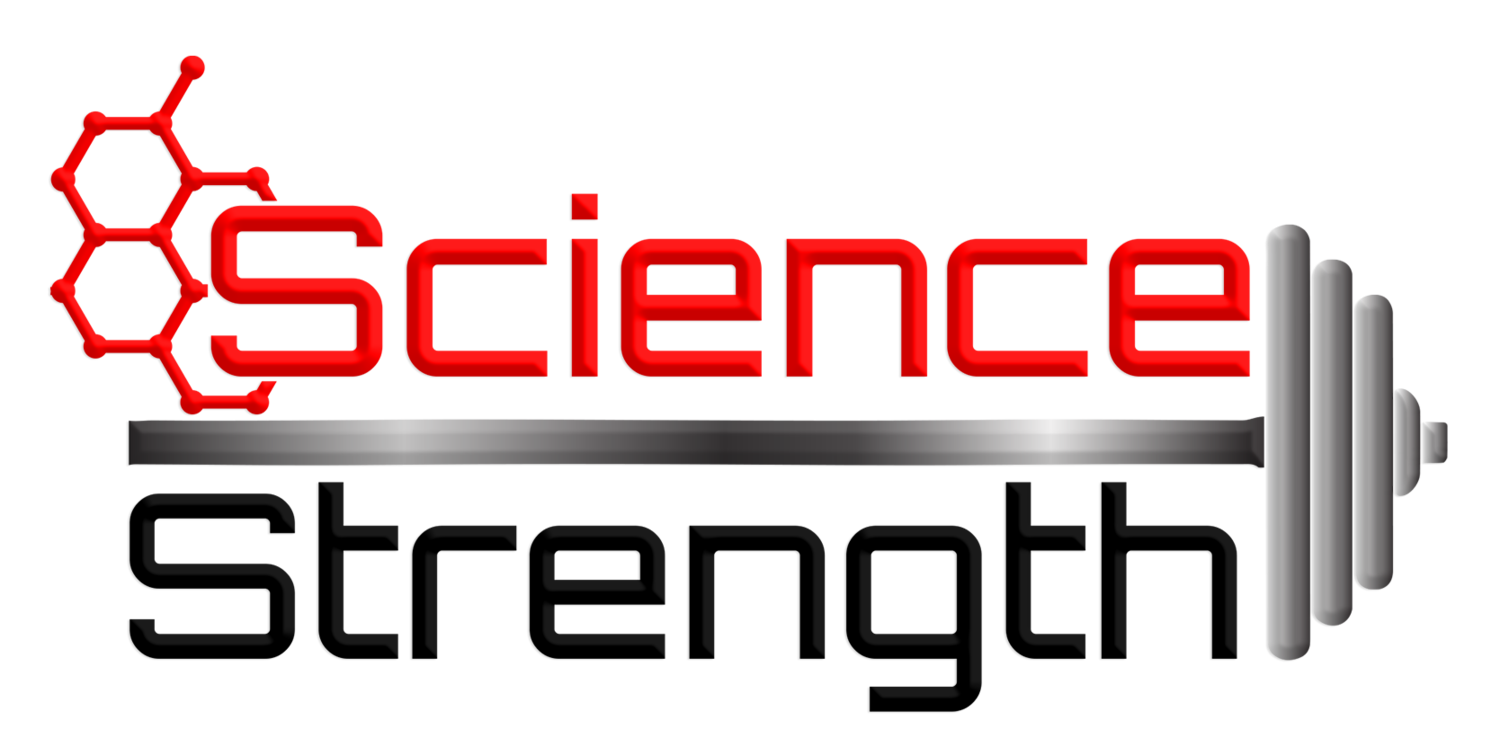Struggling to find the right food for your meal plan?
Don't know how to put food together to meals that fit your macros?
Do you overshoot on carbs or fat and don’t get enough protein?
Then read on to learn how to manage your meal plan easily...
In the first part of the Lean & Strong Series you learned how much protein to eat and how to combine fat sources to get balanced fatty acid profile that is optimal for muscle gains. This post will give you practical tips on meal planning.
If you are not sure, how much you should eat, read my practical guide - ‘how much you need to eat to get results’.
After calculating your calorie intake, you have to figure out how to distribute your calories among carbohydrates, protein and fat. To cut it short, you already learned what your protein intake should be in my previous post. I usually set fat at 30-40% of total calories consumed and all the calories that remain to complete the calorie target I use for carbs. For detailed calculations and explanations how to calculate macronutrient targets download your free copy of the ‘The ultimate Meal Plan Guide’
The next step is to familiarize yourself with vegan protein sources and how to combine them so that you get the macros you want. I saw so many people struggling with putting their food together to a meal plan that hits their macros targets without overshooting on carbs or fat and getting enough protein.
To prevent this scenario, it is important to understand that there are different food categories.
Putting meals together is similar to working with a construction kit. You can use different bricks (food categories) to put meals together with the macros you need.
Do you need help with your diet? Then you will love the ScienceStrength Transformation Bootcamp!
Here a real life example how get the macros you need:
Let's say you want to get 30 g carbs, 30 g protein and 15 g fat in one meal. There are different foods you can combine to achieve this macro target:
1. You can use a combination of pure carbohydrate + pure protein + pure fat source, like fruit + protein powder + oil. For instance, you could combine 125 g banana + 35 g protein powder + 14 g coconut oil to make a smoothie and to hit your target of 30 g carbs, 30 g protein and 15 g fat.
2. You can also use foods with mostly carbs + mostly protein + mostly fat, like legumes + soy products + nuts. If you make curry out of 45 g legumes (dry) + 95 g tofu + 7 g peanuts, you hit the macros targets of 30 g carbs, 30 g protein and 15 g fat, too.
3. Another option is to use protein sources with the same carbs and/or fat amount. You could combine 87 g coconut flour + 20 g lupini beans. Although this a pretty weird combination, it also hits the macronutrient target of 30 g carbs, 30 g protein and 15 g fat and serves the purpose of showing what I want to show; how versatile macros combining is.
Want to recap? Then watch my video on this topic.
If you still aren’t sure where to get your protein and which food belongs to what category, you can find complete lists are in ‘The ultimate Meal Plan Guide’
Giving a food list for each category goes beyond the scope of this post. For this reason, I describe here only one, the most important one in my opinion: category 3. This category comprises food sources that have an intermediate carb, protein and fat content or even a high protein and low carb and fat content.
Choosing food from this category is particularly important for vegans who want to lose fat and maintain or even gain muscle and strength at the same time.
All the food I compiled in the table below is vegan and has a higher or at least similar protein content compared to other macronutrients. This is the food vegan bodybuilders love!
Do you want me to tell you all the info on high protein vegan food for bodybuilding diet once again? Then klick on the video to watch it ;-)
DO YOU FEEL LIKE NO MATTER WHAT DIET YOU TRY, IT JUST DOESN'T WORK AND YOU WIND UP BEING A CHRONIC DIETER?!
Are You Ready For Your Transformation?
Transform your body and mind!
What’s next?
In the next blog post I will do my own case study. I will show you what I eat and how I apply all the guidelines described to my own diet.
If you found the article helpful, I would really appreciate it if you would share it with your friends, so that they can benefit from it as well. Thank you!



